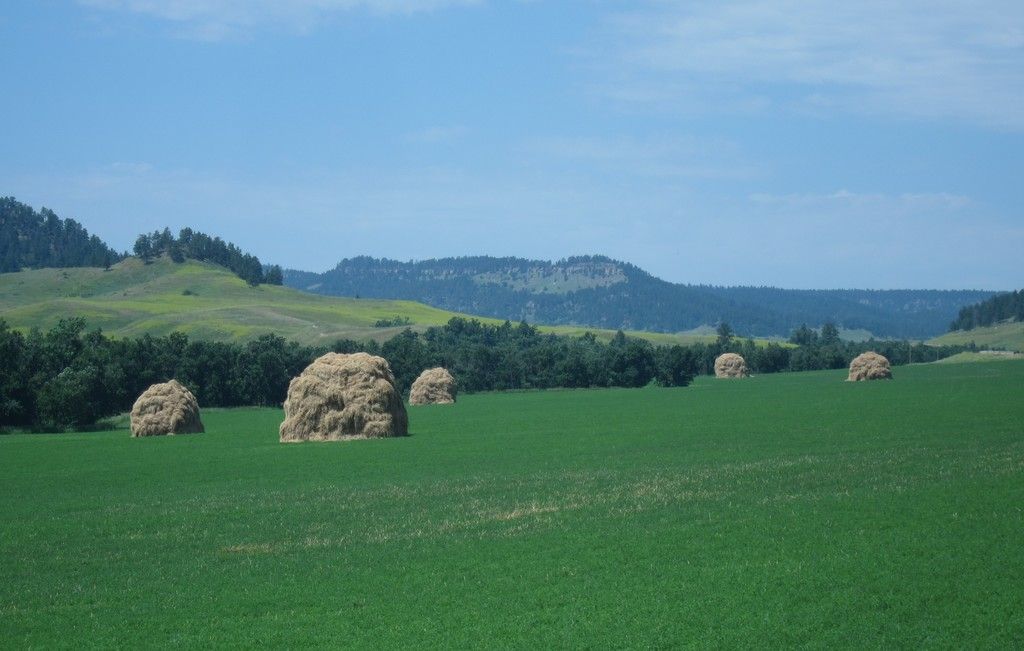Chimpanzees Filmed for the First Time on Camera
ChIMPS GONE WILD: Fermented Fruits and the Ties that Bind
In a groundbreaking discovery, scientists have witnessed wild chimpanzees imbibing alcoholic fruits together, offering insights into the deep-rooted evolutionary history of human alcohol consumption. This thrilling finding, led by Anna Bowland of the University of Exeter, was documented in the Cantanhez National Park in Guinea-Bissau, West Africa. The intoxicated apes were seen munching on the Okwaba tree's fermented fruits, aka the African breadfruit tree.
With an alcohol content of up to 0.61 percent, these hefty, pumpkin-like fruits dropped when ripe, with 24 out of 28 surveyed fruits exhibiting such alcoholic properties. The research crew recorded a whopping 70 instances of chimps chowing down on these boozy delights, with 9 out of 10 shared consumption events containing alcohol. Both sexes and various age groups seemed to partake in this boozy bonanza. "Our data presents the first evidence of alcohol-laced food-sharing among apes," declared the team, waxing lyrical in the journal "Current Biology."
Why the Buzz, Chimps?
However, the reasons behind this communal behavior remain foggy, with no clear evidence suggesting intentional alcohol consumption. Despite this, the scientific community considers the observation as a testament to the historical roots of human alcohol use.
A Primal Party, Anyone?
"Human alcohol consumption releases dopamine and endorphins, creating feelings of joy and relaxation," explained lead author Bowland. "Moreover, sharing alcohol contributes to relationship development, much like at festive gatherings." Given these parallels, could these boozy banquets be remnants of a primal party?
However, it's unclear how much, if at all, the alcohol affects the animals, particularly in low concentrations.
Pre-Game Shenanigans?
A decade ago, researchers published a study in the journal "Royal Society Open Science" hinting at pre-game shenanigans. It reported that wild chimpanzees in Guinea were fond of alcoholic beverages, sometimes even pouncing on over three liters of fermented palm sap, with an alcohol content of up to 6.9 percent. They used leaves as makeshift stirrers, before showing signs of inebriation or nodding off. Animals of all ages and sexes took part in this debaucherous debauchery, though only about half did so. Captive apes have also been seen indulging in alcohol.
Socializing through Swill?
The implications of this primate party scene are far-reaching, shedding light on the evolutionary history of alcohol use and its role in social interactions. Chimps might be employing alcohol as a method to strengthen bonds, echoing human behaviors surrounding alcohol consumption. Additionally, studying these tipsy tipplers could reveal insights into the physiological and psychological effects of alcohol, potentially paving the way for managing human alcohol use.
- The connection between science, health-and-wellness, and mental-health becomes more evident as researchers study the effects of alcohol on wild chimpanzees.
- In environmental-science, the fermented fruits consumed by wild chimpanzees could potentially provide insight into climate-change, as the process of fermentation may contribute to greenhouse gas emissions.
- Fitness-and-exercise enthusiasts might find it intriguing that wild chimpanzees, like humans, seem to experience feelings of joy and relaxation after consuming alcohol, suggesting that these substances could have implications for overall well-being.
- The study of chimpanzees' alcohol consumption could advance our understanding of space-and-astronomy, as researchers might be able to draw parallels between the behaviors of these apes and those of other primates that have evolved on different planets, shedding light on the role of alcohol in interspecies social interactions.








